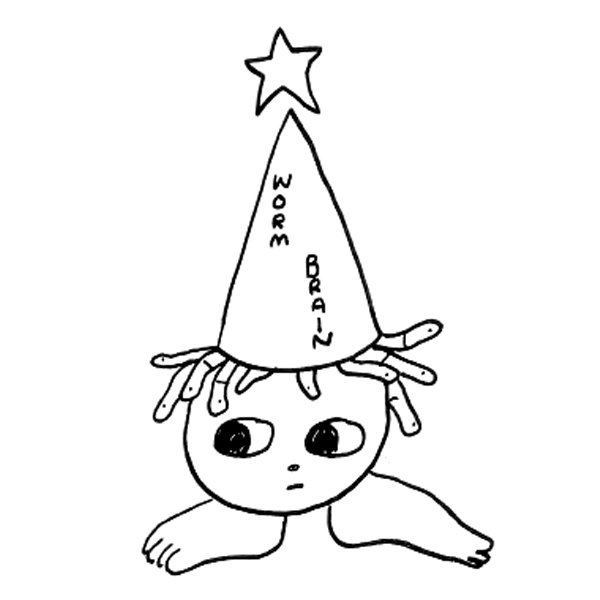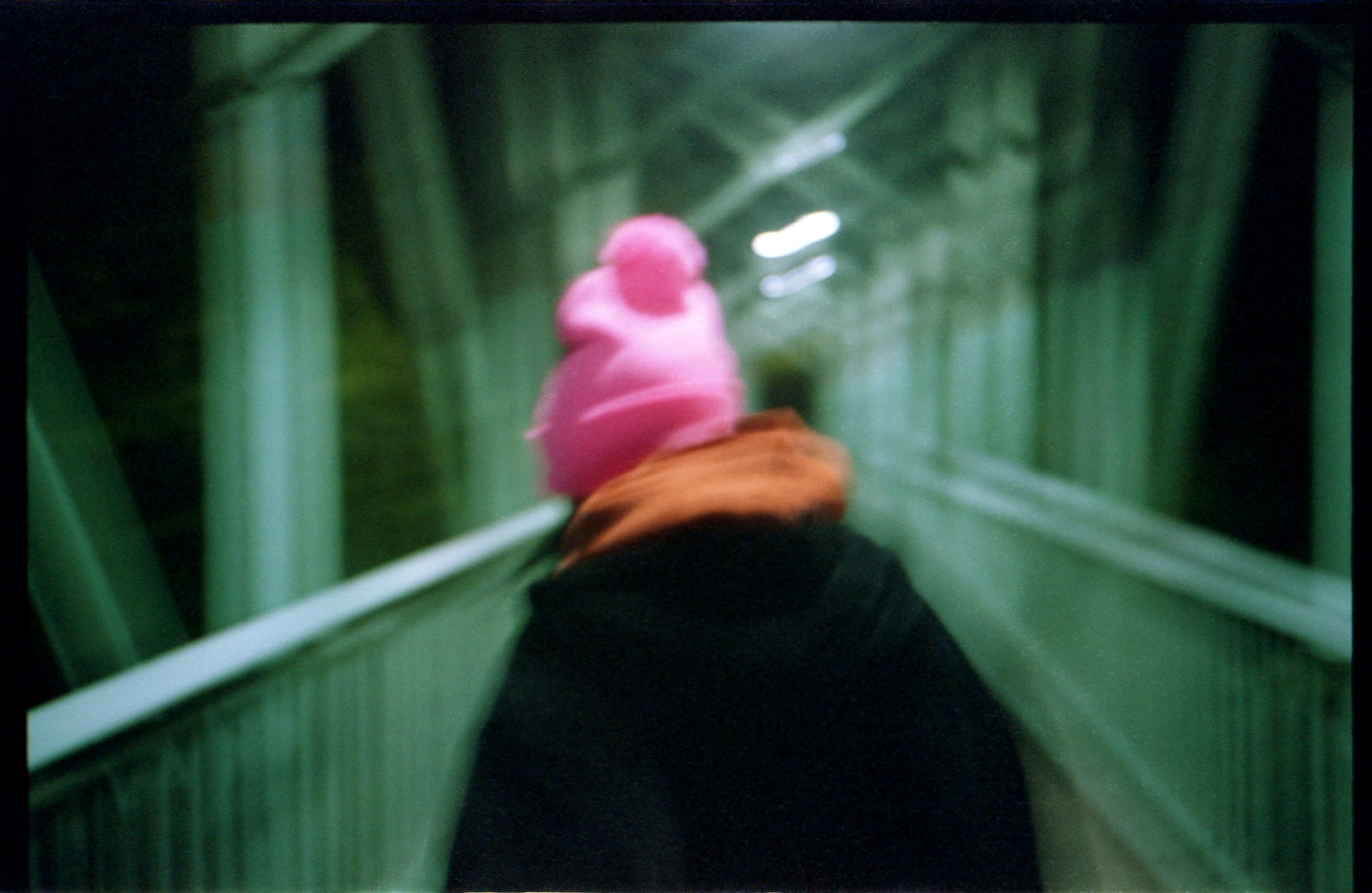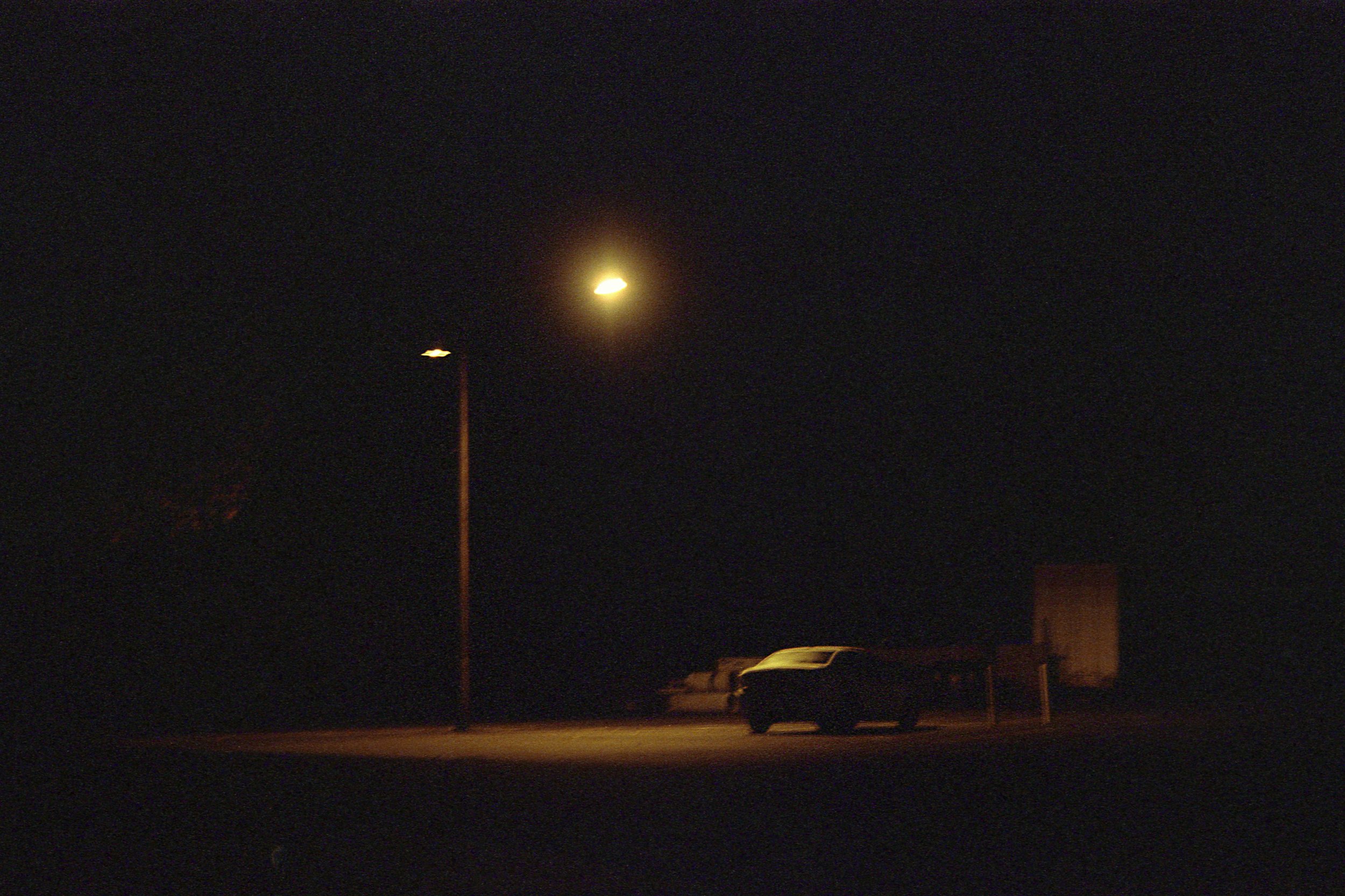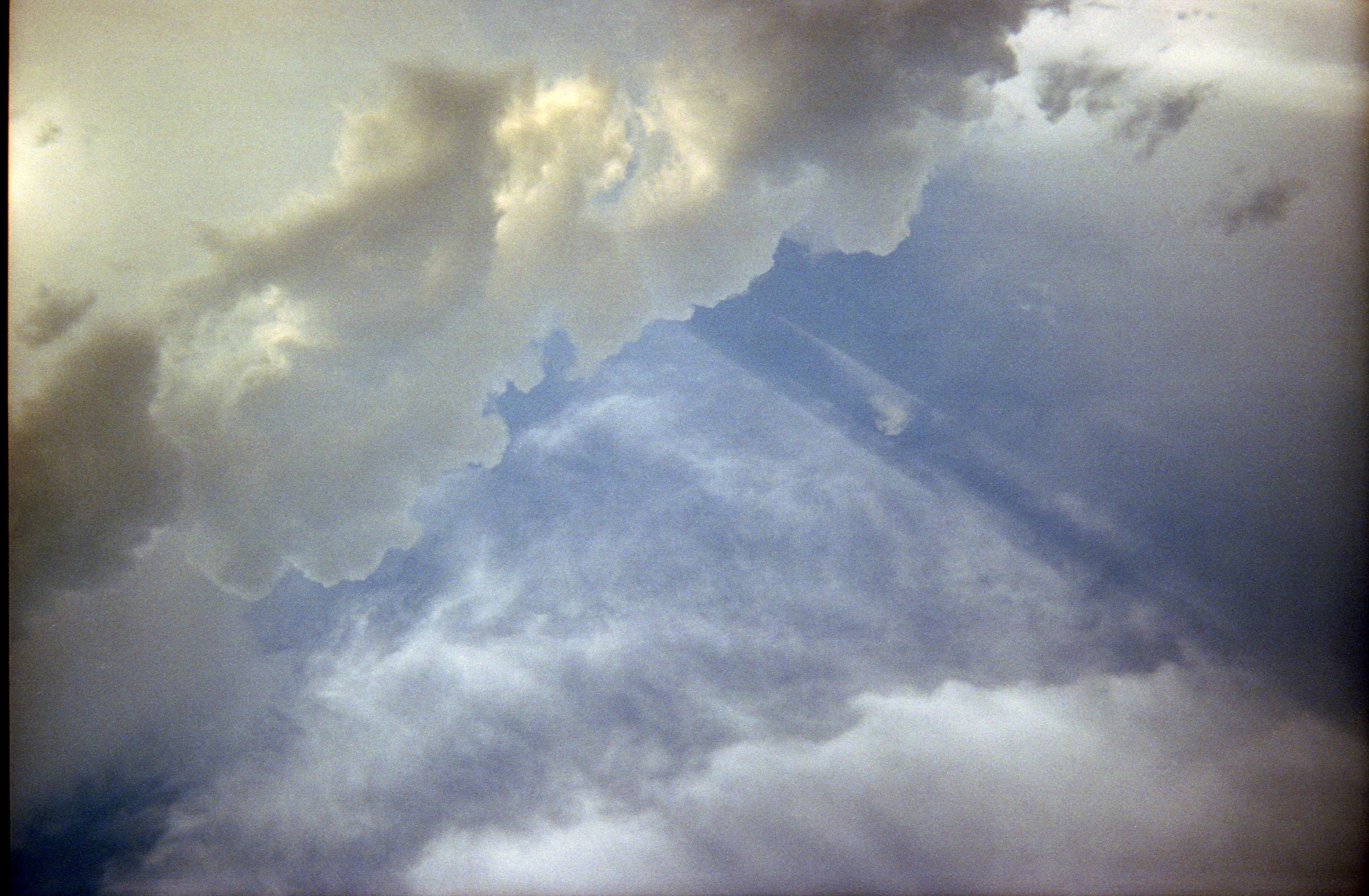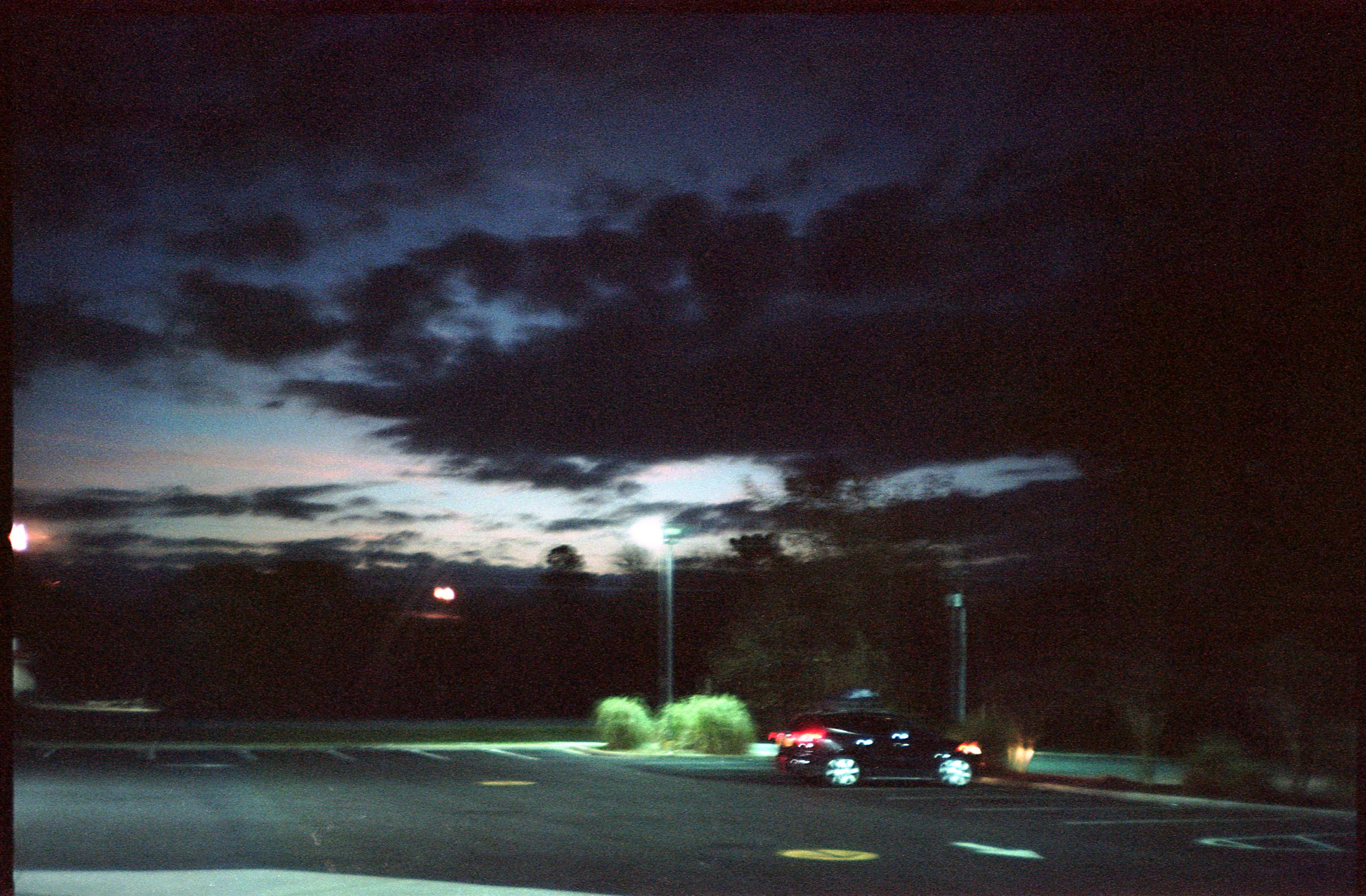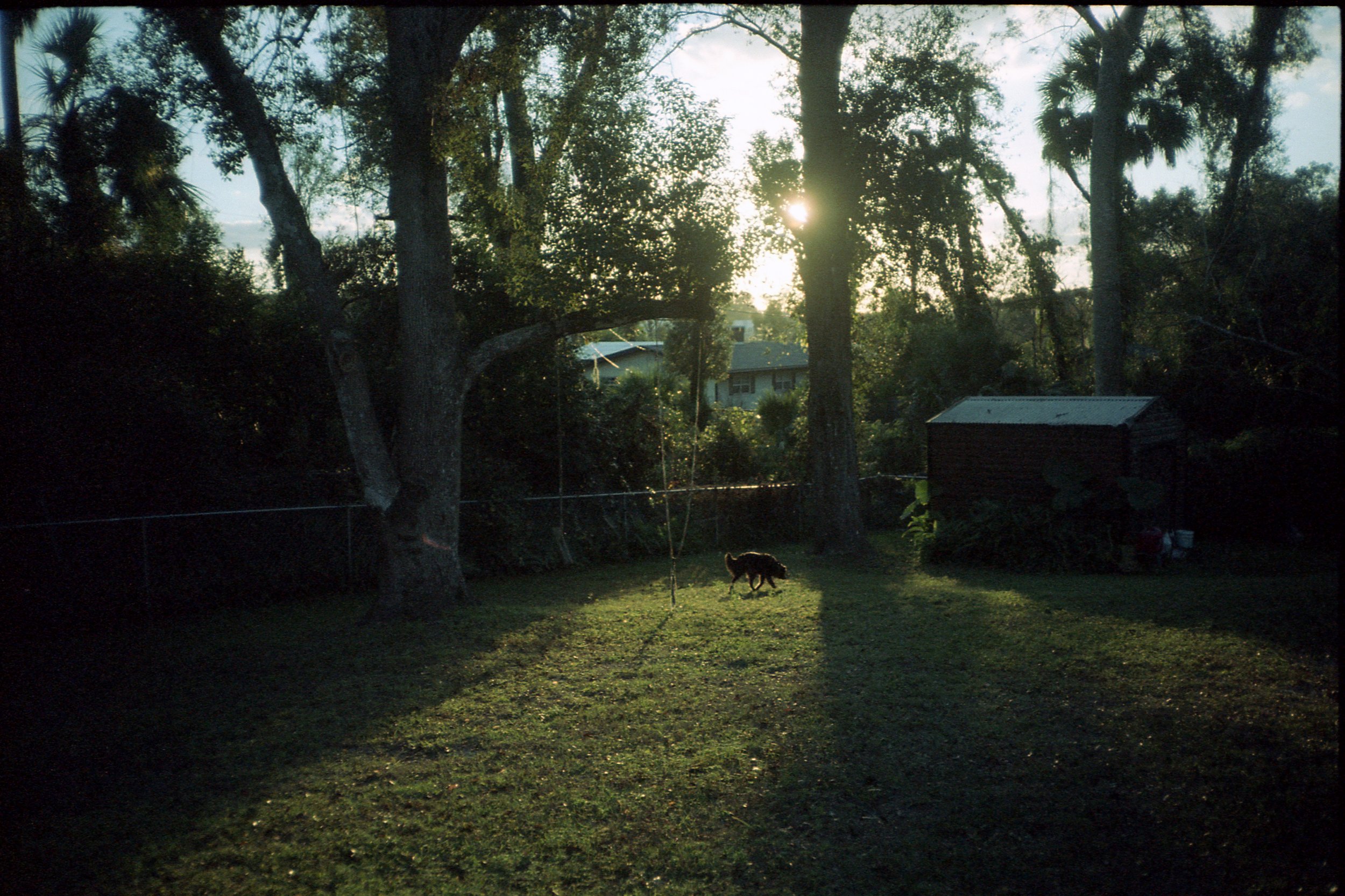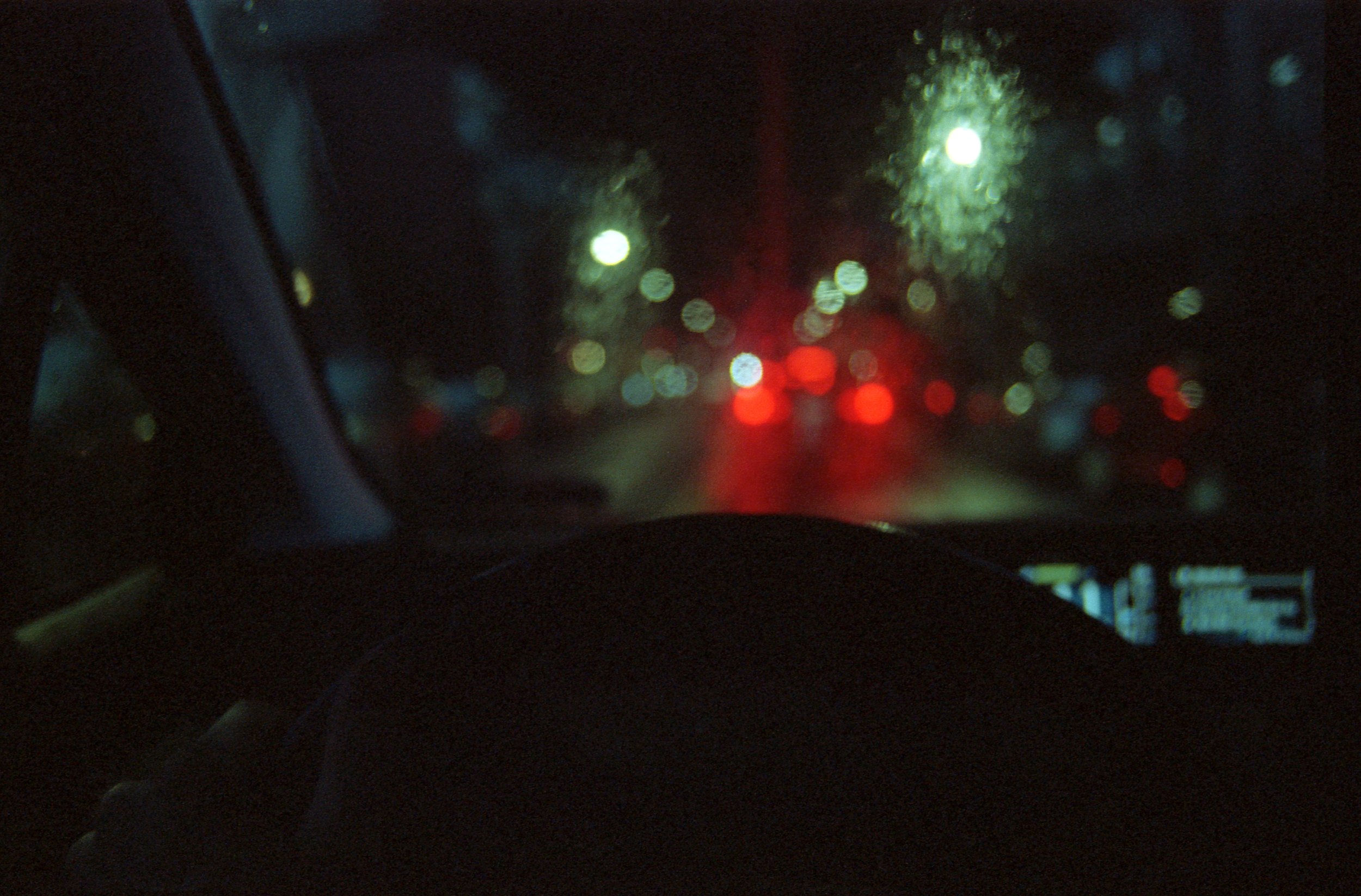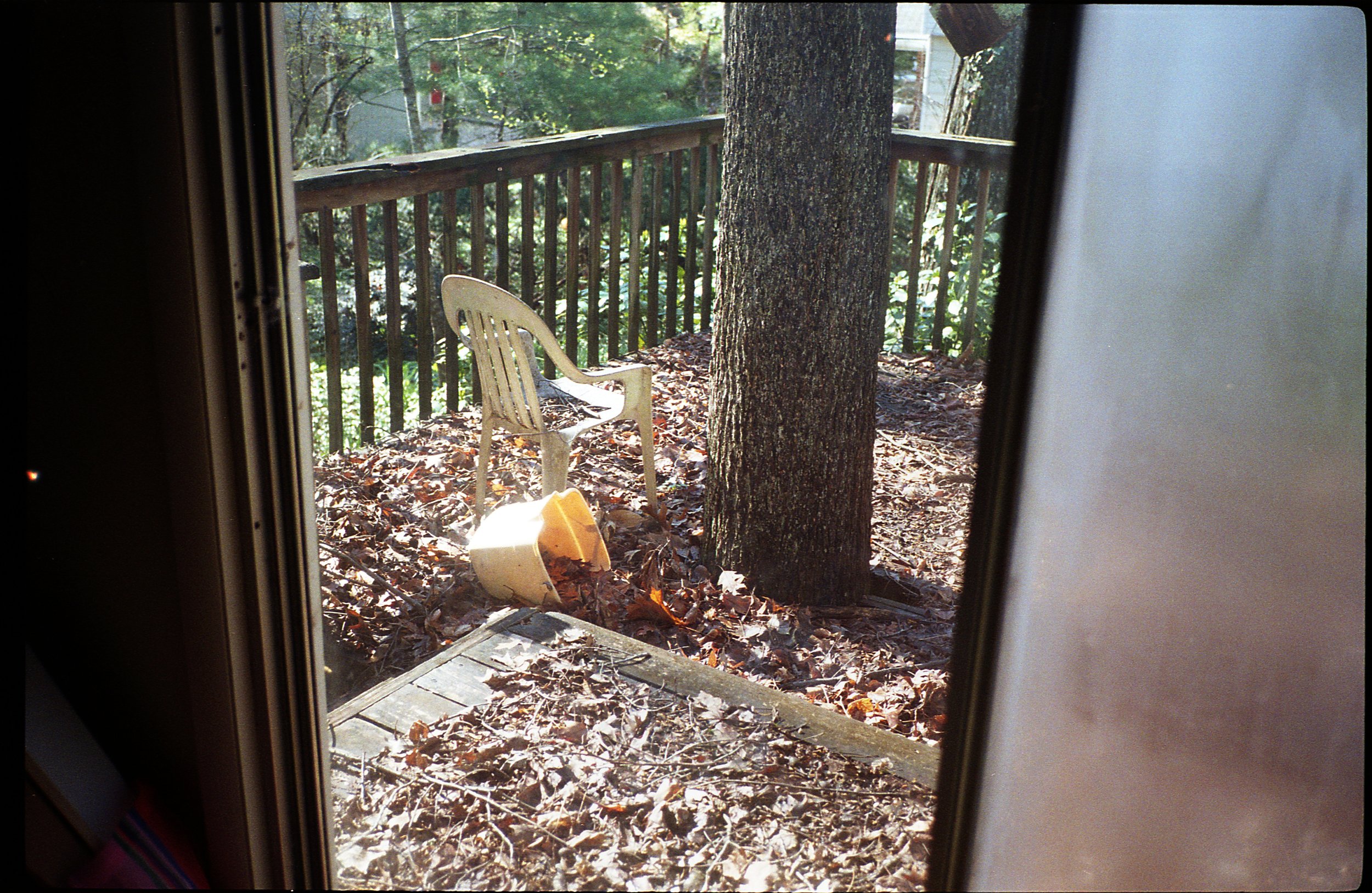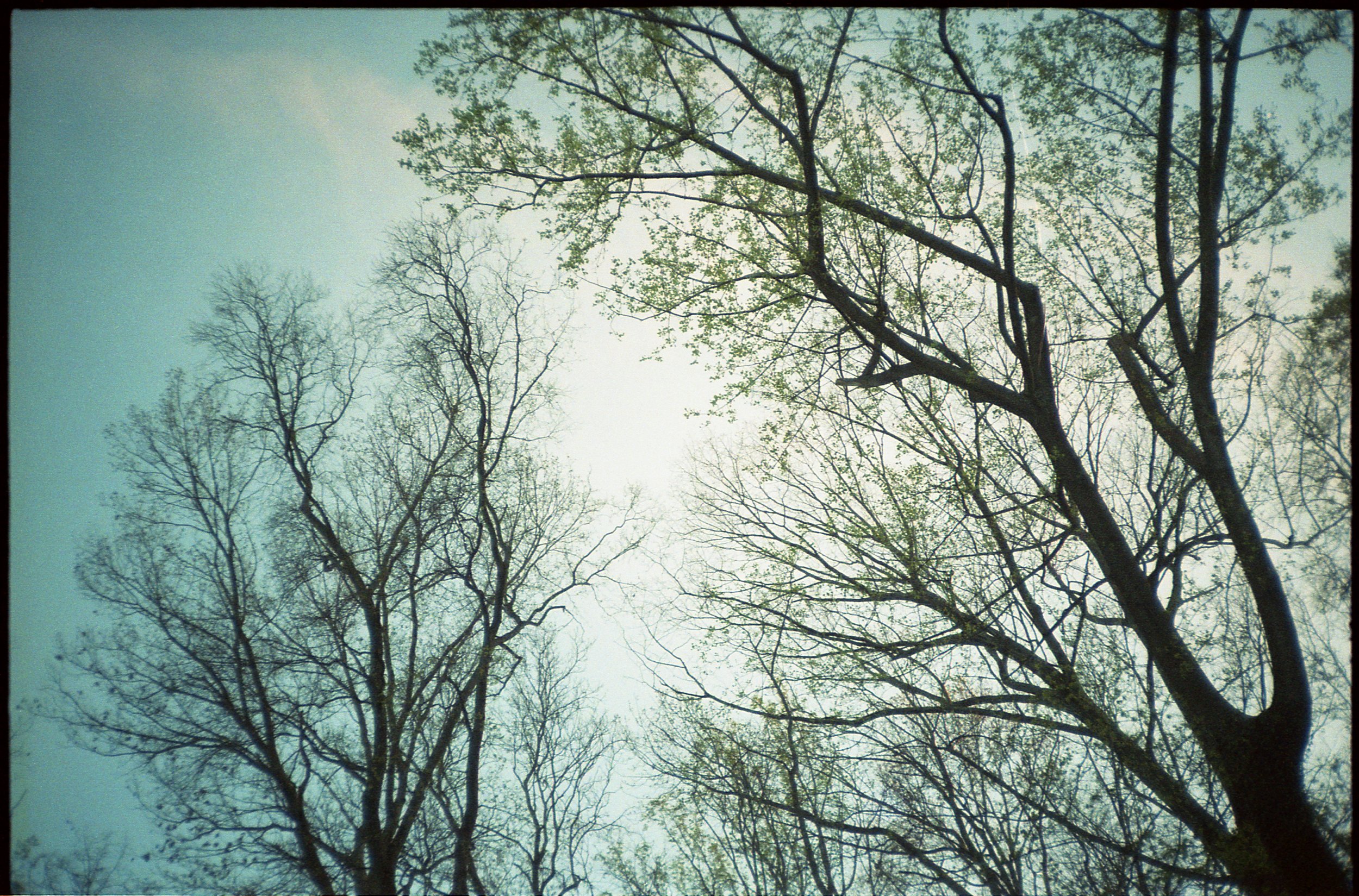Developing the New with Sam Ray, Part 1 — On Music & Film
“Creating & recording music, to me, is attempting to capture something that is felt but unable to be explained in words,” offered Philadelphia, PA musician Sam Ray on the outlet of songwriting, based on his experience behind projects Teen Suicide, Ricky Eat Acid, Julia Brown, starry cat, American Pleasure Club, et cetera.
“It's like a new sense, or a new emotion, a new color, beyond what we know the words for, like you are feeling a brand new feeling no one has ever felt before, and it's positively tearing you up inside to the point you feel you might die - and the only way to free yourself of the feeling at all, before it does so, is to find a way to almost ‘trap’ it in something else - in this case, a song - and in doing so, hope that someone else who hears it may intrinsically feel the same thing you're feeling, and thus understand it, without it being at all explained,” Ray told Wormbrain, refusing to be defeated by the same obtuse concepts he’d admitted indescribable.
“Music, at its best, is pure evocation. It's like summoning, trapping, and releasing a spirit. Yet at the same time, music - in the western world at least, primarily - is almost entirely made up of the same notes, the same scales, the same chords made out of these notes & scales-of-notes - you can get granular with it, but it's often at the expense of it's broader appeal, etc, and whether that's a cultural thing probably is totally beside the point simply because we're talking about something being shared.”
Outside of audio endeavors, Sam Ray has a history behind the lens and an eye for the similarly evocative, capturing mundane beauty and inspiring humanity through film photography, which can be documented on album covers and a certain I.Y.K.Y.K. social media account.
A slideshow of his photos can be scrolled below, featuring a selection of favorites curated by the artist for Wormbrain World during our discussion.
“In the most dull & absolutely pedantic, lunk-headed terms - they are different because they are different mediums.” Asked to compare creating music and shooting film, Ray joked with Wormbrain.
“You simply cannot do the same things 100% with photos or with music, but god damn you can almost get there, I think, that's for sure. I love both of course. I probably love film photography even more, but that's maybe because it's something I do only for myself, and no one else, whereas music is now something I have to do at least somewhat for other reasons, even if I do my best to keep it as purely personal a pursuit as I can - a passion, etc.”
Stepping up for round two of defining the indescribable, the songwriter-photographer said, “To capture an image, a photograph, is almost the same thing - you are taking something which is mundane, in theory (an image of a place, thing, whatever - a shape or color, even, especially in my case) - and with it, evoking a strong reaction - emotionally and all that - again, it's at best, an emotion that isn't easy or even possible to explain in terms we have - it simply ‘is.’”
Photo by Sam Ray.
“Music, at its best, is pure evocation. It’s like summoning, trapping, and releasing a spirit.”
Photo by Sam Ray.
“Film photography is the sure-fire way, for me, both in the taking & the viewing/receiving of this feeling, not because of anything cultural (age, experience, nostalgia, whatever) but because film is so limiting and yet so freeing. In only being able to take as many photos as the film you have, in only being able to push a camera and film to its actual, set-in-stone limits, in only being able to manipulate the scanned-negative image to the extent that it still looks as it should - and would - is all a huge part of why one is able to do this sort of thing with the medium.”
“What it shares most with music - as detailed above - is its capturing of one very, very specific moment and thus feeling/emotion, which is often done so almost by accident - an off-hand snapshot capturing and thus evoking more of that spirit/emotion/whatever unknown than a very carefully composed, lighted, toiled over photograph, a largely improvised - and quickly, at that - song, recorded with the cheapest & quickest means available - say, handheld tape player or even a phone - doing the same, with the same means.” Effectively closing the comparative loop, Ray maintained, “They're very much an equivalent medium, despite their huge, huge differences.”
Stay tuned for more on our continued conversation with Sam Ray.
Photo by Sam Ray.
W.W: What is Wormbrain?
SR: There's a vibration which exists deep underground, and if you get a shovel & dig a hole deep enough, for long enough, and get down far enough into the dirt you no longer see the sun - at that point, if you dig a little deeper, just enough to fit your head, and stick your head under the soil, you'll hear the vibration all around and it'll rattle your head & shake your skull inside it. When your skull shakes, it'll make a sound which only you can hear. If you close your eyes and listen to it and let it shake your brain around inside your skull, and your skull around inside your head, you'll see it.
W.W: Thank you for sharing with Wormbrain.
SR: Alternately - ♪♫ when the moon hits your eye like a big pizza pie, thats a-wormbrain ♪♫
W.W: Thank you for sharing with Wormbrain.
Teen Suicide’s honeybee table at the butterfly feast is out now for via Boston, MA label Run For Cover Records.
